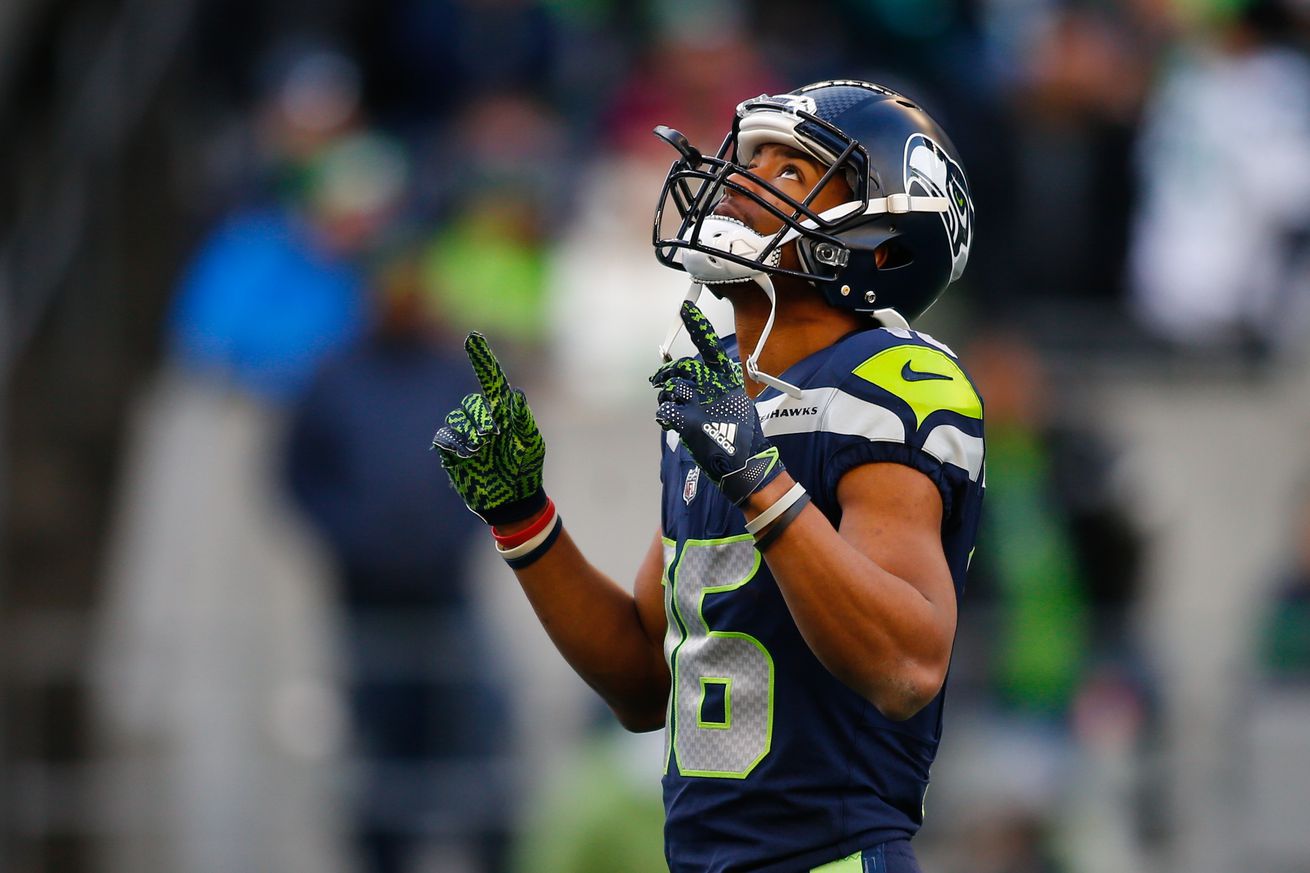
Among the NFL’s rule changes for the upcoming 2018 season were a (desperately needed) revised catch rule, as well as making the new touchback rule permanent. However, one that went under the radar as the new catch rule was implemented, was the league’s other new kickoff rule.
The main points of the NFL’s new kickoff rule are:
- No more running starts, meaning players on the kicking team must line up on the 34-yard line and not move until the ball is kicked from the 35. Previously, players would line up on the 30-yard line and begin their runs as the kicker approaches the ball.
- Eight of the receiving team’s 11 players must be in a 15-yard setup zone near the ball prior to kickoff, giving the returner and two blockers open field in front of them.
- No blocking within the first 15 yards. Kick returns will look more like punt returns than ever before under the new rule.
The new rules will try to reduce the high speed collisions that make kickoffs such dangerous plays. An added benefit, as the league desperately attempts to keep kickoffs alive while also making them safer, is that it will open up the field for returns.
Kickoff return numbers are down considerably in recent years, dropping year-after-year for the better part of a decade. This is due to a combination of touchbacks coming out to the 25-yard line and the league moving kickoffs from the 30-yard line to the 35 before the 2011 season. The change for 2018 is attempting to strike a balance between safety and the excitement that kickoffs used to bring.
As an All-Pro returner in 2017 and someone trying to earn a new deal like his former teammate Paul Richardson’s, Seattle Seahawks receiver Tyler Lockett is a beneficiary of the league’s new rule. Boosting the team’s return game was a big reason the Seahawks were excited to acquire Lockett in the 2015 NFL Draft and it’s what vaulted him onto the scene as a rookie. And it just so happens the return game opening back up may just coincide with Lockett getting back to full speed.
Speaking during the team’s minicamp last week, Lockett said he felt “About 75, 80-percent healthy” during last season, as he struggled to recover from a leg injury suffered late in 2016. It certainly appeared Lockett was slower during parts of last season, both on offense and on special teams, and NFL tracking data backed the notion up.
As the season progressed, we began seeing flashes of the dynamism that made Lockett so electric during his rookie season. Over the first eight games of 2017, Lockett averaged just under 22 yards per return on kickoffs, without scoring a touchdown. Over the last eight games, Lockett’s numbers spiked to over 27 yards per return on kickoffs while scoring his first touchdown on a return since Week 3 of his rookie year.
Almost immediately as a rookie, Lockett proved to have a special trait reserved for some of the league’s most explosive playmakers: The fluidity and explosiveness to change direction without losing speed. Subtle dips of the hips were all Lockett needed to find creases and weave through traffic, as the then-rookie started his career with two return touchdowns in preseason and another in his first career regular season game. Seemingly every time Lockett was back to return a kick or punt, there was a lingering sense he was going to do something special.
Since his rookie season, Lockett has regressed as a returner and been unable to match his contributions in the passing game. As our own Kenneth Arthur pointed out last week, getting that big second contract every player desires is all about timing. Had Lockett hit the market after last season, he would’ve been facing down a short prove-it deal. With one season left on his rookie contract, Lockett has 16 games to display the traits that made him such a special talent in 2015 and earn a sizable payday.
As we saw at the end of last season, Lockett is getting back to the speed and comfort level that made him a game-breaking talent in 2015. Seattle’s wide receiver corps is crying out for someone to make the leap as a contributor in 2018, and Lockett would be rewarding himself and the team to be the one to do so. If Lockett is going to get back to his best, it will be felt in the passing game and on special teams. With the league’s new kickoff rules opening the field up for returners, Lockett could be getting back to top speed just in time.


